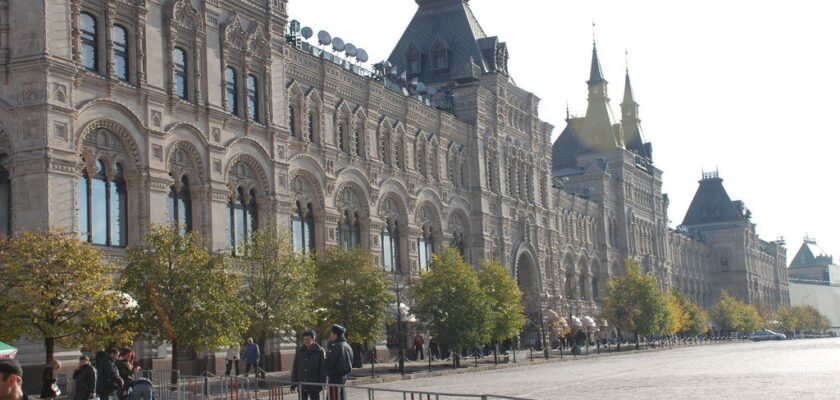Main department store
GUM is an abbreviation for “State Universal Store”. It is a unique shopping complex – it is located in the heart of Moscow, overlooks Red Square with its main facade and is a monument of pseudo-Russian architecture of federal significance. GUM is leased until 2059 from Bosco di Ciliegi, a Russian retailer that specializes in the sale of clothing and luxury goods, and is also the general partner of the Russian Olympic team and the official supplier of equipment at the Olympic Games.
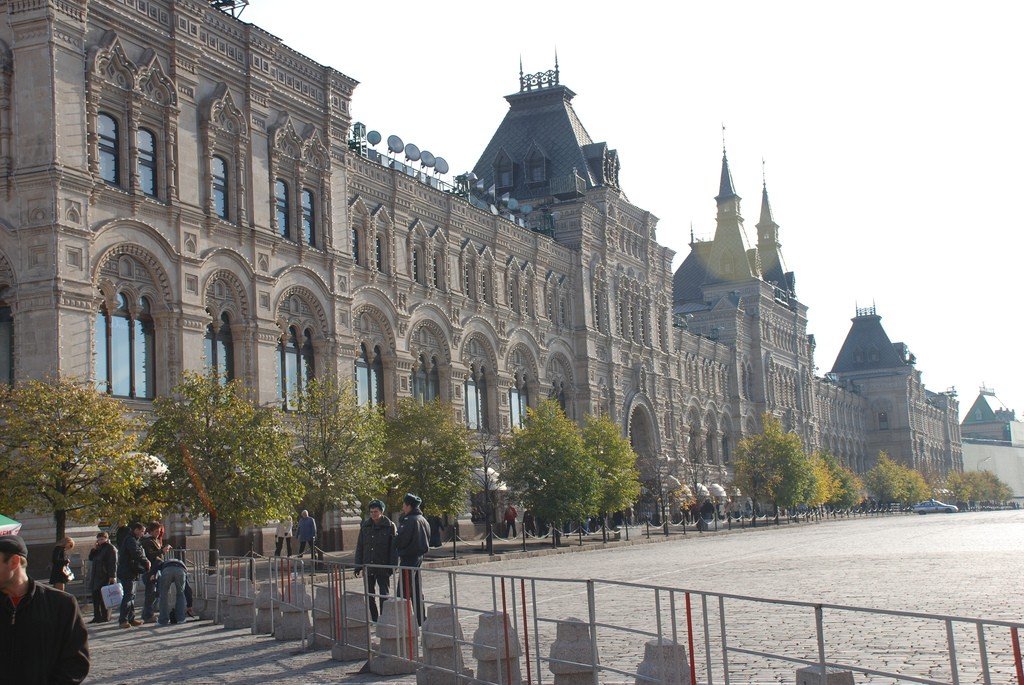
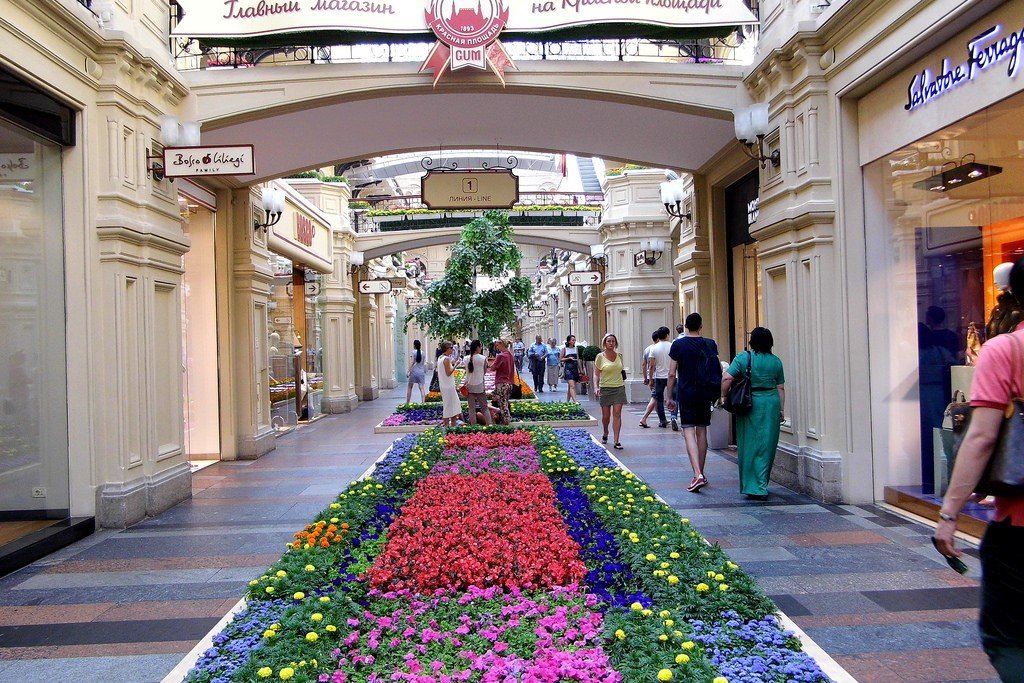
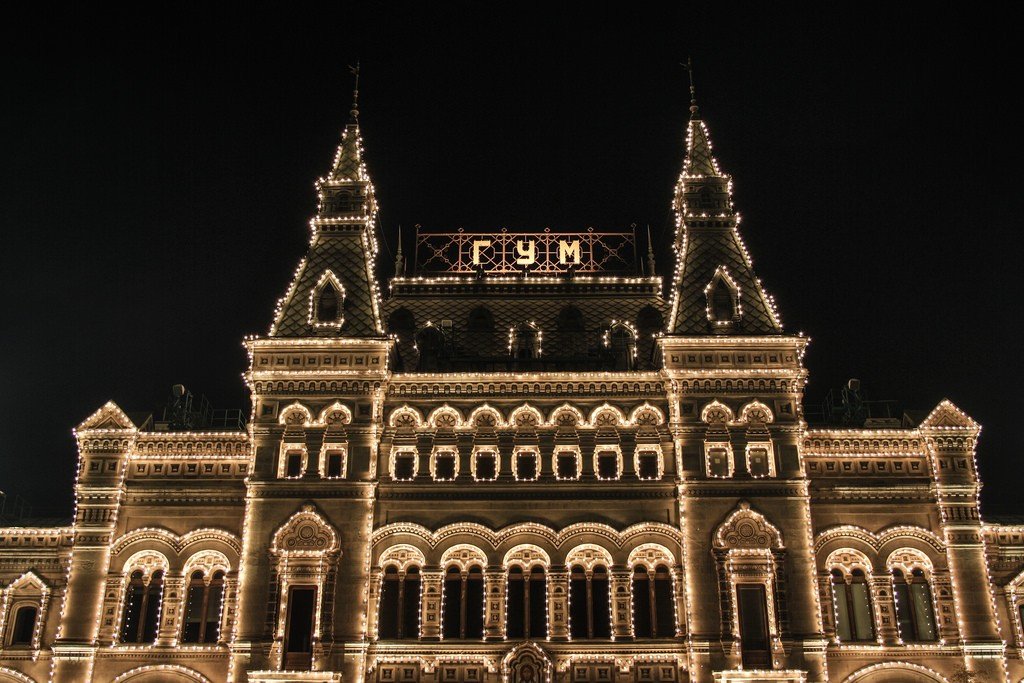
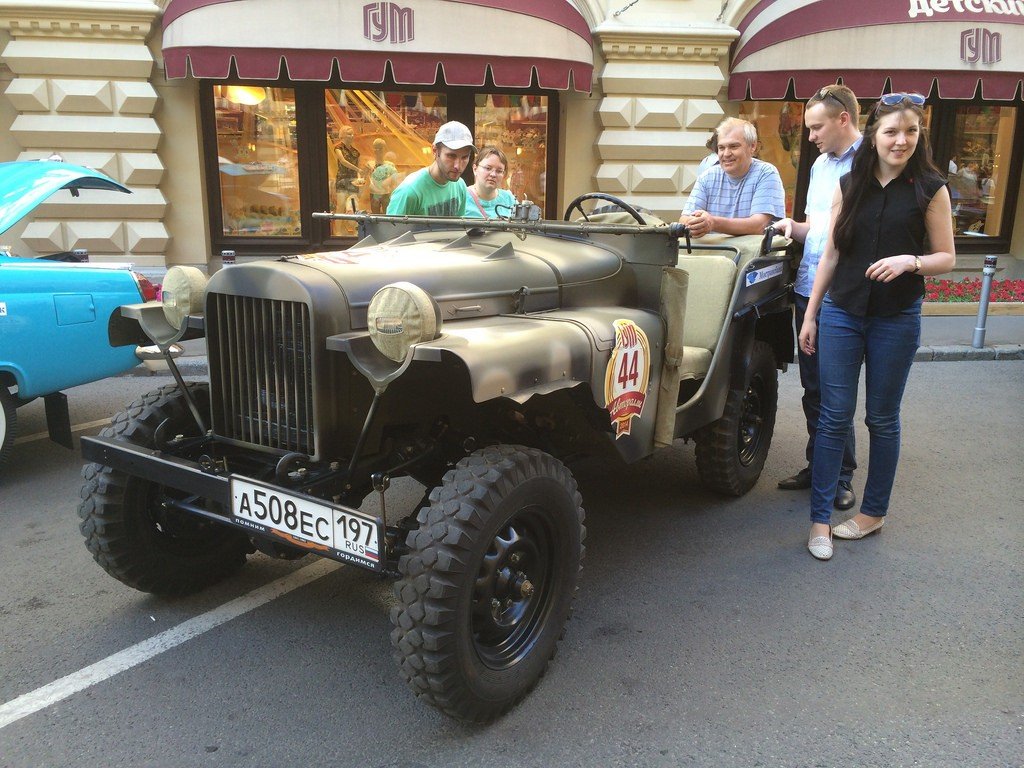
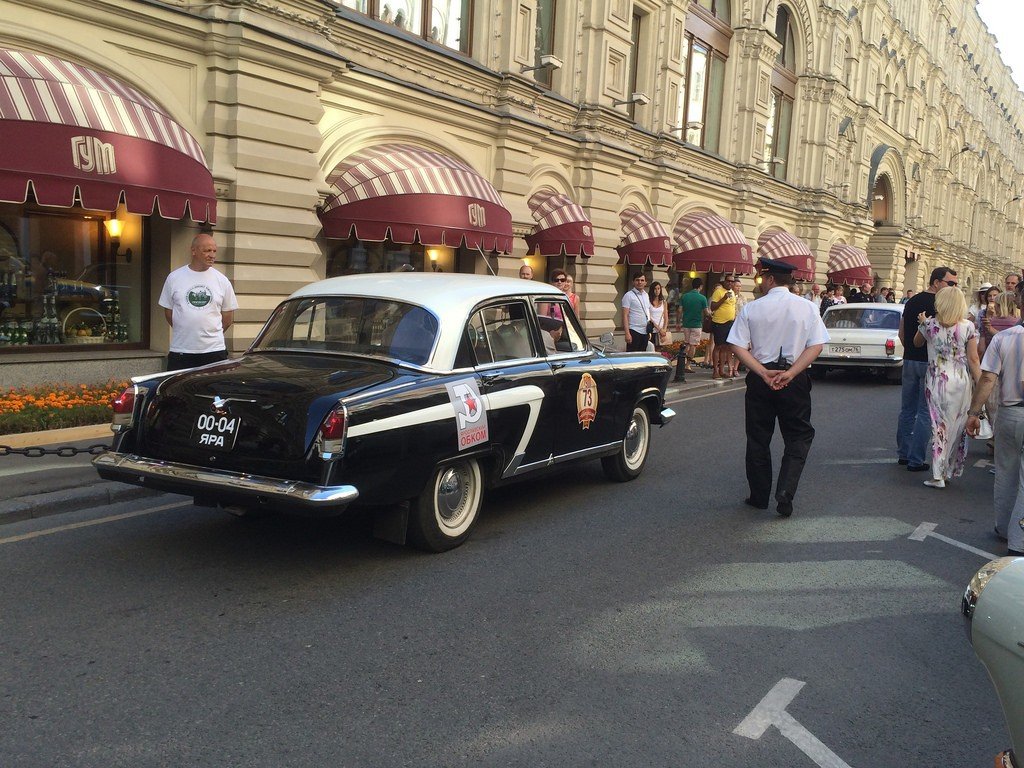
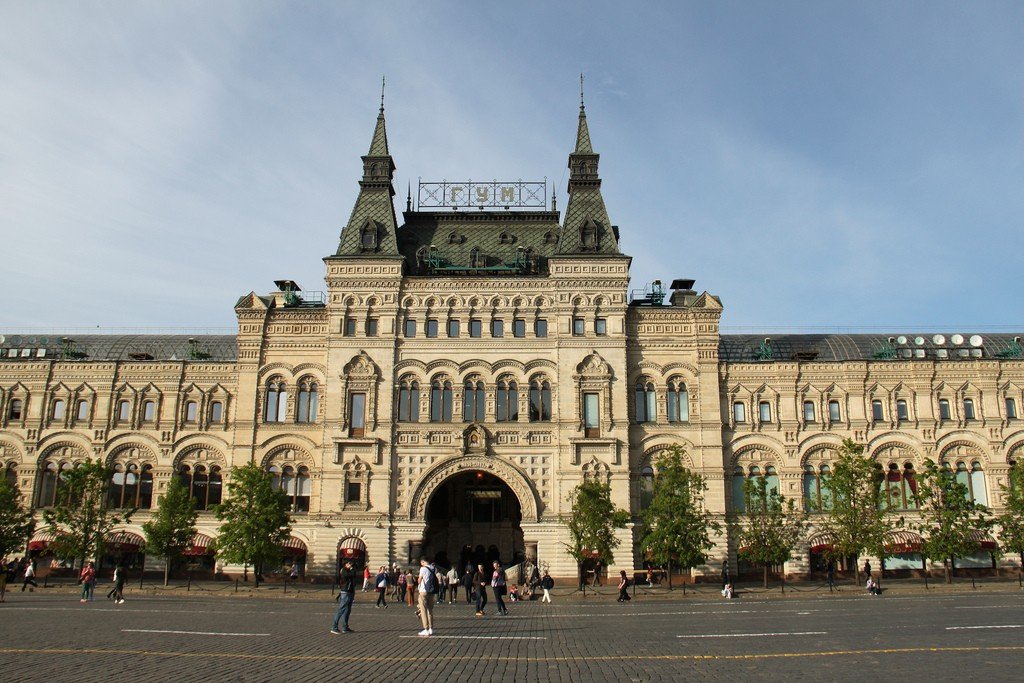
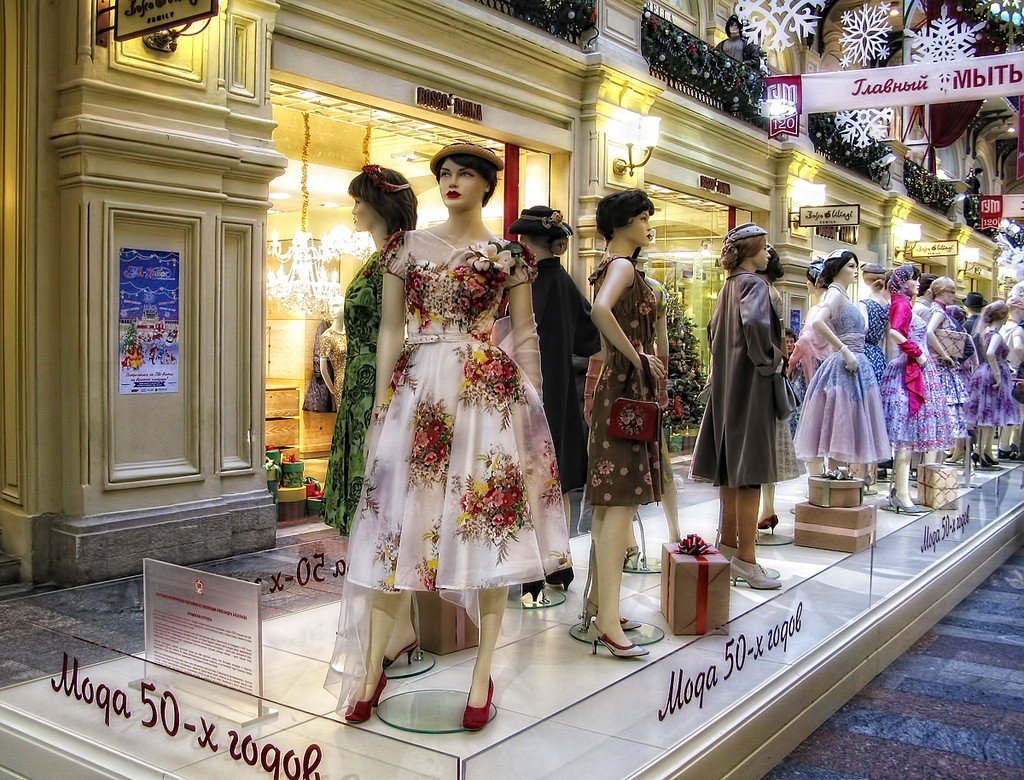
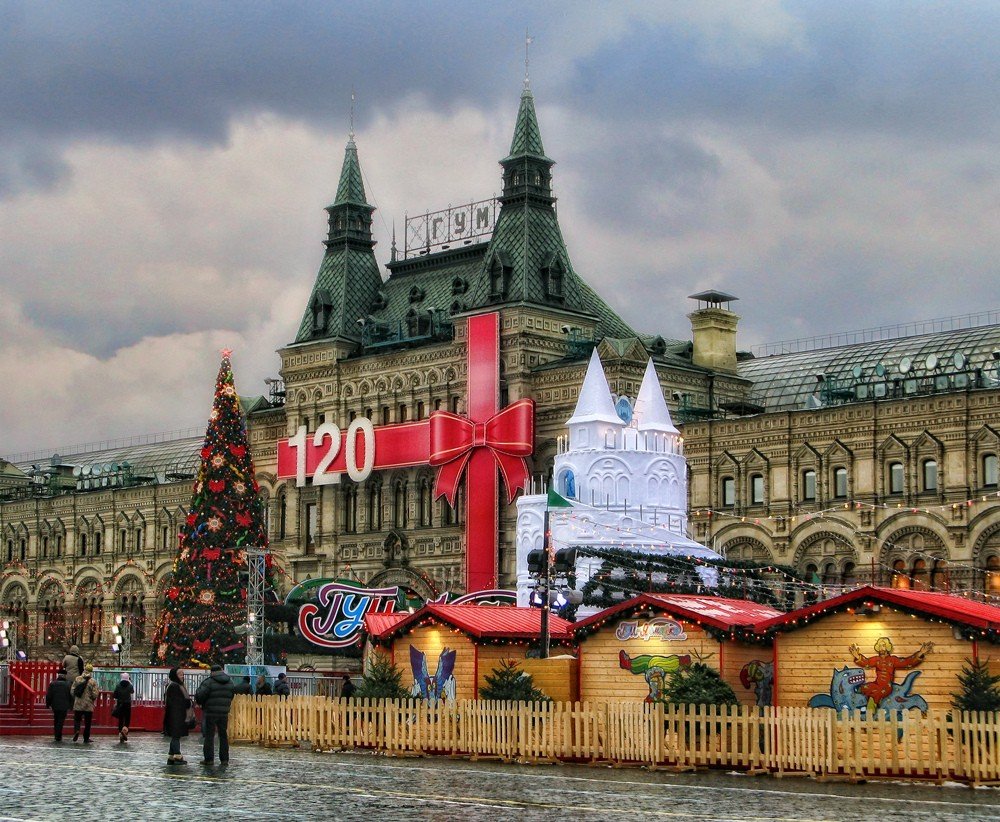
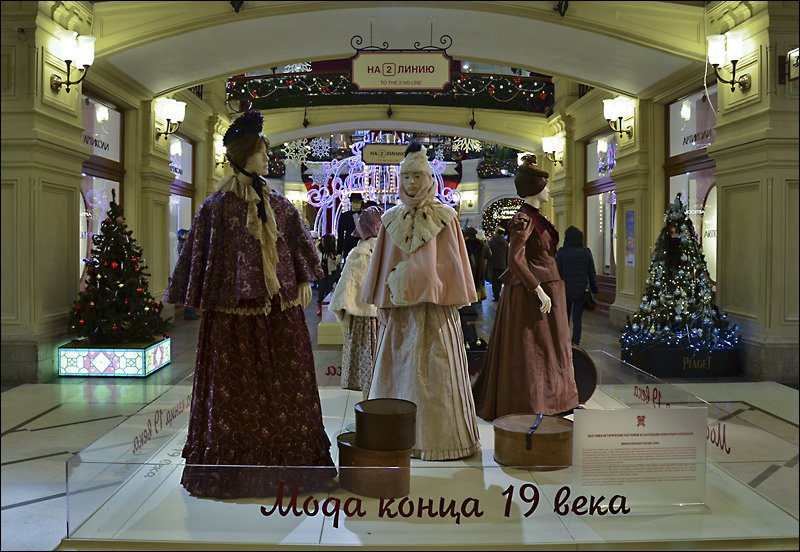
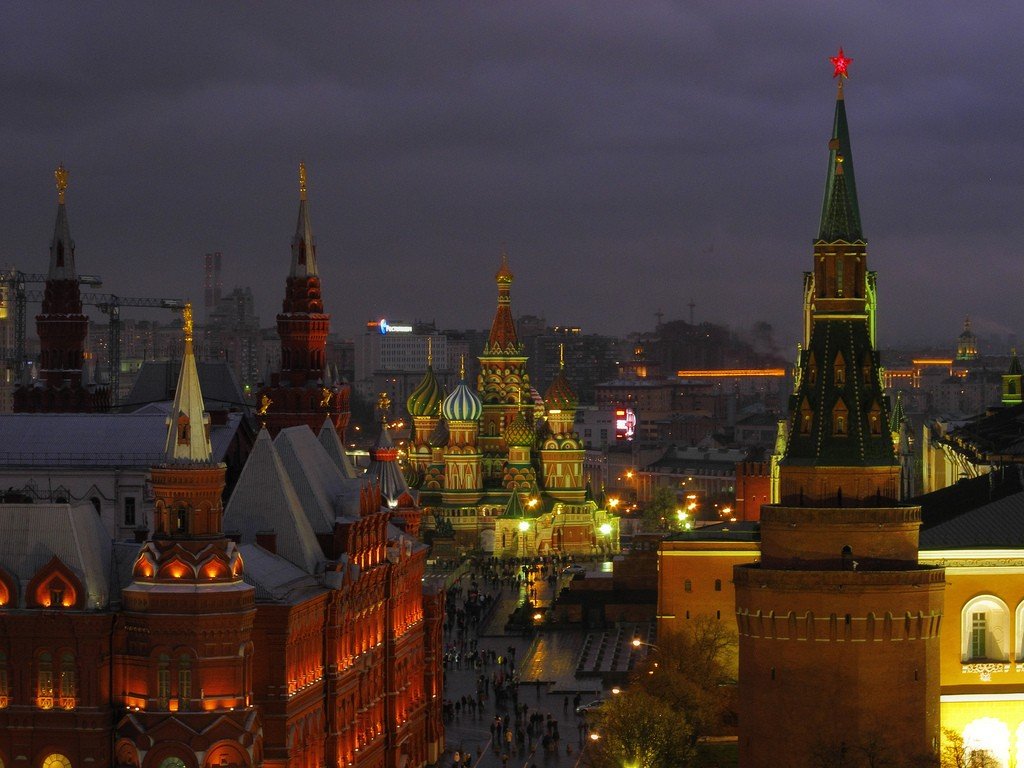
History
The history of GUM began when traders filled the empty space after a fire under Ivan III. In place of the dilapidated shops of the XVII century under Catherine II, the design of a grandiose shopping center in the style of classicism began. The project was developed by Quarenghi himself, but the construction was carried out by the city architects hastily and was not completed. After the fire of 1812 the shopping malls were rebuilt by another master of classicism, Osip Bove.
.
The building of the Upper Trade Rows quickly became dilapidated and obsolete. But the shopping complex consisted of more than 600 separate properties owned by more than 500 individuals. For 20 years, representatives of shopkeepers negotiated with the city government to no avail.
.
In 1886, the new Moscow mayor Alekseev at a meeting of shopkeepers finally got their consent to create a joint-stock company. However, even after that the matter did not move from the place. Then the administration closed the Upper Trade Rows under the pretext of their failure. The shops were moved to temporary buildings on Red Square. The decline of trade as a result of these events was so strong that shopkeepers finally decided to start reconstruction.
.
In 1888, the charter of the “Joint Stock Company of the Upper Trade Rows on Red Square in Moscow” was approved. The shopkeepers contributed their buildings and plots under them to the joint-stock capital, and the shares were distributed among them in proportion to the income from the existing real estate. Those who did not want to participate in the created society could demand the redemption of their property, in addition, the Moscow city government received the right to forcibly alienate real estate from those who did not want to give it up at all. Property rights were recognized for the existing owners by the very fact of current ownership, without the requirement of bills of sale (many of them had lost their ownership documents years ago).
.
In November 1888, a closed architectural competition was announced, which received 23 projects. The grand opening of the shopping rows took place on December 2, 1893.
.Architecture
The current building of the Upper Trade Rows was built parallel to the Kremlin Wall by architect Alexander Pomerantsev, with the participation of engineers Vladimir Shukhov and Arthur Loleit. The building is in a pseudo-Russian style, with elements of decoration borrowed from Russian monuments of the Uzorochye era, and the twin turrets above the main entrance are in harmony with the completion of the neighboring building of the Historical Museum.
.The giant three-story structure, consisting of three longitudinal passages with deep cellars, housed more than a thousand stores. The structure of the floor of the passages – arched steel trusses with glazing of sixteen-meter spans. In addition to the passages in the building there are three large halls. In the exterior decoration used Finnish granite, Tarus marble, sandstone.
.
In the mid-30s, the building was being prepared for demolition. In its place they wanted to put a huge building of the People’s Commissariat of Heavy Industry. In the early 50’s the building was restored and made the State department store. In 1990 the store was corporatized, and in 1992 it was privatized and ceased to be state-owned.
.Visitors
- Address: Krasnaya Ploshchad, 3
- Nearest metro: Okhotny Ryad, Teatralnaya, Ploshchad Revolutsii .
- Phone: + 7(495)788-43-43
- Website: www.gum.ru
- Opening hours: Mon-Fri 10.00-22.00
